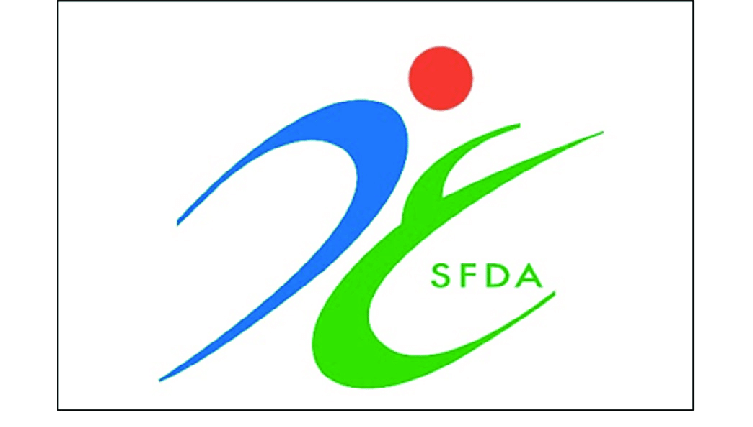The new article highlights the aspects related to the classification rules applicable to specific categories of healthcare products.

Table of content
The Saudi Food and Drug Authority (SFDA), a country’s regulatory agency in the sphere of healthcare products, has published an extensive guidance document covering, inter alia, the applicable classification rules for medical devices.
The document provides an overview of the existing classification framework, as well as additional clarifications and recommendations to be taken into consideration by medical device manufacturers and other parties involved.
The authority also reserves the right to make changes to the guidance, should such changes be reasonably necessary to reflect corresponding amendments to the underlying legislation.
General Hygiene Products
According to the guidance, this category covers a wide range of everyday products, such as baby nappies, feminine hygiene products, hand wipes, and general-purpose disinfectants.
While these are generally not considered medical devices, the document notes that if they are intended for a specific medical purpose, they may fall under the medical device regulation.

Assistive/Supportive Products
Products designed to assist with mobility or disability, like wheelchairs, hearing aids, and patient hoists, are classified as medical devices if they are intended for medical purposes, such as alleviating or compensating for injuries or handicaps.
Medical Personal Protective Equipment
The guidance distinguishes between medical and non-medical personal protective equipment. Products used in medical settings for patient and staff safety, like gloves and masks, are classified as medical devices, whereas non-medical variants are not.
General Health Products
Products used for sports or leisure activities, that do not have a medical purpose, are not classified as medical devices.
However, items like blood pressure monitors and smartwatches that have diagnosing features are considered medical devices due to their health-monitoring functions.
Educational and Research Use Only (RUO) Products/Devices
The SFDA specifies that RUO products, though not classified as medical devices, still require a Medical Device Importation License.
These products are used exclusively for educational and research purposes.
Sterilization and Disinfection
The document highlights the distinction between disinfectants used for sterilizing medical devices, which are classified as medical devices, and general disinfectants for rooms or surfaces, which are not.
Healthcare Facility Products and Adaptations
Not all products used in healthcare facilities are classified as medical devices.
The SFDA provides such examples as medical gas pipeline systems and medication refrigerators – these products are not medical devices.
Dental Devices
Dental products used in treatment processes, including dental impression materials, restorative materials, and dental units, are categorized as medical devices.
Devices Registered as Medical Devices without an Intended Medical Purpose
As explained by the SFDA, this unique category includes products like non-prescription coloured contact lenses and body contour modifying implants, which are registered as medical devices despite not having a medical purpose.
Other Categories
The authority also clarifies the regulatory status of some other products, namely:
- The document classifies eye drops and contact lenses, including non-corrective coloured lenses, as medical devices.
- Nasal and ear saline preparations, commonly used for cleaning or moisturizing, are classified as medical devices.
- Products such as sexual lubricants and coupling gels used with analytical devices fall under the medical device category.
- Physical contraceptive products like condoms, designed to prevent sexually transmitted infections (STIs) and pregnancy, are classified as medical devices.
- The SFDA categorizes blood bags and organ preservation solutions as medical devices due to their critical role in medical treatments and surgeries.
- Cupping therapy devices, including suction cups and pumps, are classified as medical devices.
- Solutions intended for mechanical rinsing, such as those used in surgeries or wound cleaning, are considered medical devices unless they possess antimicrobial properties.
Raw Materials and Components
The guidance specifies that raw materials and components used for manufacturing medical devices are not considered medical devices themselves, but they require an import license.
Custom-Made Medical Devices (CMDs)
CMDs are designed for specific individuals based on healthcare professional requests. These include tailor-made implants and prosthetics.
Conclusion
In summary, the present SFDA guidance provides a detailed overview of the existing classification rules applicable to a wide range of healthcare products including, inter alia, medical devices.
The document highlights the key points to be considered when determining the category of the product and the relevant framework to be applied.
How Can RegDesk Help?
RegDesk is a holistic Regulatory Information Management System that provides medical device and pharma companies with regulatory intelligence for over 120 markets worldwide. It can help you prepare and publish global applications, manage standards, run change assessments, and obtain real-time alerts on regulatory changes through a centralized platform. Our clients also have access to our network of over 4000 compliance experts worldwide to obtain verification on critical questions. Global expansion has never been this simple.

